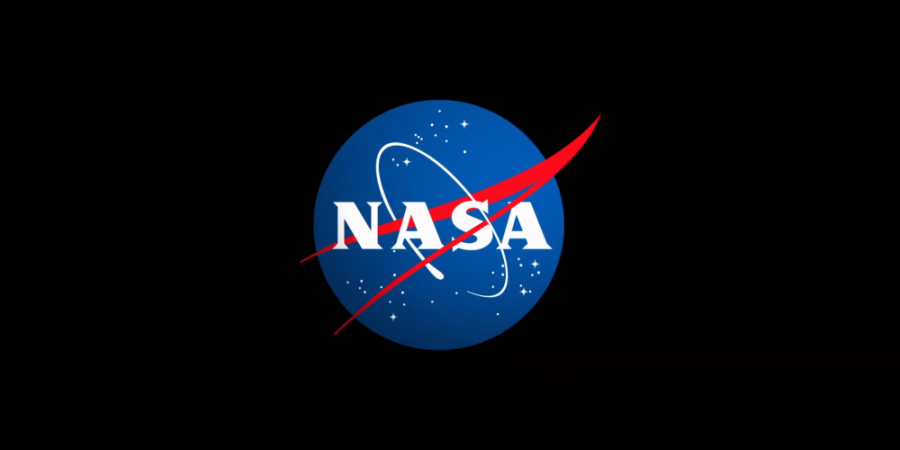Assistant director of science at NASA comes to AACC
Photo provided by NASA’s website
Michelle Thaller, astronomer and astrophysicist at NASA’s Goddard center, led a discussion about Cassini.
October 31, 2017
The assistant director of science at NASA headquarters spoke to AACC students on Saturday about the success of Cassini and other planetary missions.
Michelle Thaller, astronomer and astrophysicist at NASA’s Goddard center, led a discussion about Cassini, a collaboration between NASA, the European Space Agency and the Italian Space Agency, sent to explore Saturn, its’ rings and moons.
“I am really going to miss having an observatory out around Saturn,” Thaller said. “There are plans to return to Saturn … but as far as having a grand observatory … I think that’s the last one we’ll see in our lifetime.”
Cassini was launched on October 15, 1997, and during its 20-year mission was able to collect vast amounts of data about Saturn.
NASA deemed the final mission a success on Sept. 15, 2017 when Cassini was thrust into Saturn’s atmosphere and eventually disintegrated, all while sending mass amount of information back to NASA headquarters.
Thaller said although this information has not been released yet to the public.
On the last mission, the spacecraft had gotten so close to Saturn, NASA said they are hoping to get some sort of mass measurement out of the data Cassini was able to report before it was destroyed.
Thaller said that Saturn is around 10 times the diameter of Earth, and the rings are about a quarter of a million miles across, from end to end.
The rings are only around 30 feet thick, and the origins of the rings are still unknown.
Thaller moved on to speak a bit about NASA space probe Juno, who is currently orbiting Jupiter since December 2016.
She said that NASA originally did not plan to put a camera on Juno, however, after debate from other astronomers, they decided to stick a spare one from another spacecraft on the probe.
“You could fit about a thousand earths inside Jupiter, it’s a big planet,” Thaller said. “This whole planet is whipping around; we have a 24 hour day [on Earth], Jupiter has a nine hour day.”
Thaller said NASA hopes that within two years questions “some of questions about Jupitar will be answered.”
Students attending the lecture said they enjoyed hearing Thaller speak.
“I would say I’m a science fan,” Chris Linns, a second-year fine arts major, said. “As an artist, I like telling stories, and the universe has just so much potential for storytelling. There’s so much unknown.”
Linns said that with science fiction, he can get carried away, but hearing Thaller say nobody at NASA believes some oddities they don’t have answers for are being caused by aliens keeps him grounded.
Adam Fearnow, a former assistant for AACC’s Physical Science Department, says it’s a great attachment to go to the observatory after a lecture like that for a hands-on experience.
“I found it interesting to learn about Saturn, that’s actually one of my favorite planets,” Fearnow said.
Guests were able to join Thaller and the Astronomy C lub at AACC’s observatory after the lecture.












